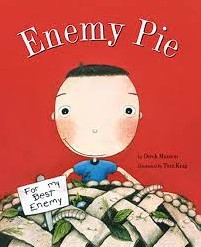This is part of a series of blog posts introducing you to our 2022 Build A Better Future scholarship recipients and their projects. We hope you will find their stories as inspiring as we do! For information on our scholarship, click here.
It’s time to introduce another scholarship awardee! When Mia Gregory was in the 8th grade, she really began noticing the homeless community in her neighborhood. Instead of feeling sorry for them, she decided to take action. She explained the motivation behind her project as follows:
“I knew that I could never solve homelessness directly, but to me, it was more about making them feel loved despite their hard situations. I didn’t like the awkwardness of turning your head from them as if they weren’t human. I wanted them to know that I saw them and that they deserved care.”
And love them she did.
Pass It On bags became Mia’s way to serve the displaced people in her area. Each bag contains food, water, hygiene products, socks, and a pamphlet to connect them to a church organization that provides shelter for the homeless. All throughout high school, she kept a bag or two in her car to hand out to those who needed them. She wrote down her thoughts and feelings about what she was seeing and shared it with her peers. Her words encouraged others to donate supplies and many decided to keep bags of their own to pass out.




Mia has also started connecting with local churches and organizations to raise more awareness for her project; ensuring that bags are still being created and shared after she leaves for school. She is hoping that once word gets out, more donations will come in and more people will be inspired to pass out bags and interact with those who are so often ignored. She will be attending Lipscomb University and is already researching the area and brainstorming ways to network with the university’s mission program to establish Pass It On bags within the Nashville community.
“It’s time to take action, love them anyway, and pass it on.”























